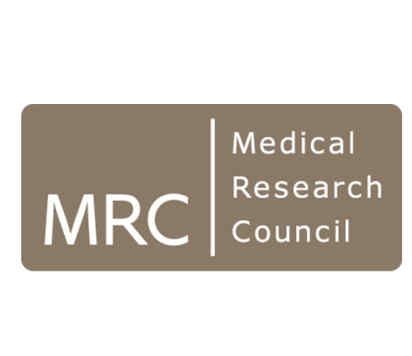
Background
Undernutrition affects 462 million people worldwide with 165 million children being stunted and 52 million wasted. Both acute (wasting and/or kwashiorkor) and chronic malnutrition (‘stunting’) are associated with significant health and economic burdens in low and middle-income countries (LMICs). The UN has set a target, by 2025, to reduce the global incidence of childhood stunting by 40%. In acute malnutrition, little progress has been made in the management of severe acute malnutrition (SAM) in children, where mortality remains high. The factors underpinning SAM are complex and multifactorial, ultimately resulting in disruption of the normal gut microbiota, reduced absorption of vital nutrients, altered gut barrier function, impaired immunity and increased risk of development of infection and disease from gram-negative bacteraemia. On top of this, undernutrition, poor quality water, and increased pathogen burden all lead to an increase in poor nutrient absorption, poor gut barrier function and ultimately increased sepsis and mortality. In chronic malnutrition where stunting is prevalent, environmental enteric disease (EED) is thought to play a key role in reduced linear growth. EED is a poorly defined condition that shares common features of gut dysfunction with SAM including disruption of the normal gut microbiota, disruption of the gut barrier function, increased local and systemic inflammation, and bacterial translocation which adversely affects growth and cognitive development. There is an urgent need to understand how optimum gut function can be supported in the face of undernutrition and pathogens. Recent evidence has shown that current refeeding programs make little impact on gut microbial diversity and interventions.
Nutrition and gut health
The relationship between nutrition, the gut microbiota and gut function remains a neglected area for strategic research in global health. There is a significant focus on protein requirements in malnutrition because of the critical importance of essential amino acid supply to maintain health. However, there are very few estimates of protein requirements in environments of high pathogen burden with some estimates that protein requirements may increase by 25-35% to overcome additional maintenance demands from the immune system. Numerous studies have shown that intestinal mucosal integrity and gut microbial balance can be restored by inducing fermentation in the gastrointestinal tract. Fermentable carbohydrates (FC) are increasingly being used to improve the balance of normal gut flora, as they produce short-chain fatty acids (SCFA) which are essential to support improved barrier function, and positively influence the immunological and metabolic function of the gut. Generation of SCFA has a positive influence on gut integrity and nutritional health by improving energy yield, production of vitamins and stimulating anti-pathogen activities.
Potential of legumes to influence gut health in LMIC
Grain legumes (pulses) can offer a joint solution to the supply of quality protein and FC to support gut barrier function needed in SAM and EED. Grain legumes have the advantage that they are staple foods in many LMICs. In addition, to being grown on a large commercial scale, they can be grown on small holdings, even in poor soils. Legumes offer an efficient way of producing protein per unit area of land compared with animal protein while reducing greenhouse gas emissions from agriculture. Many legumes have a high protein efficiency ratio and are an important source of micronutrients and B vitamins. Although different varieties are consumed in different parts of the world, they share common features including a high resistant starch content offering FC for the colonic microbiota.
Overarching strategy to address global nutrition
Our overarching strategy is to develop a programme of work to understand the relationships between undernutrition, pathogen burden, gut barrier function, the gut microbiome, and health outcomes, and to develop nutritional strategies that are context-specific to overcome nutritional challenges at key stages of child development in LMICs.
Find out more about the five working groups we have created to tackle these key questions.
General enquiries
Georgia Levey
Centre for Translational Nutrition and Food Research Coordinator
